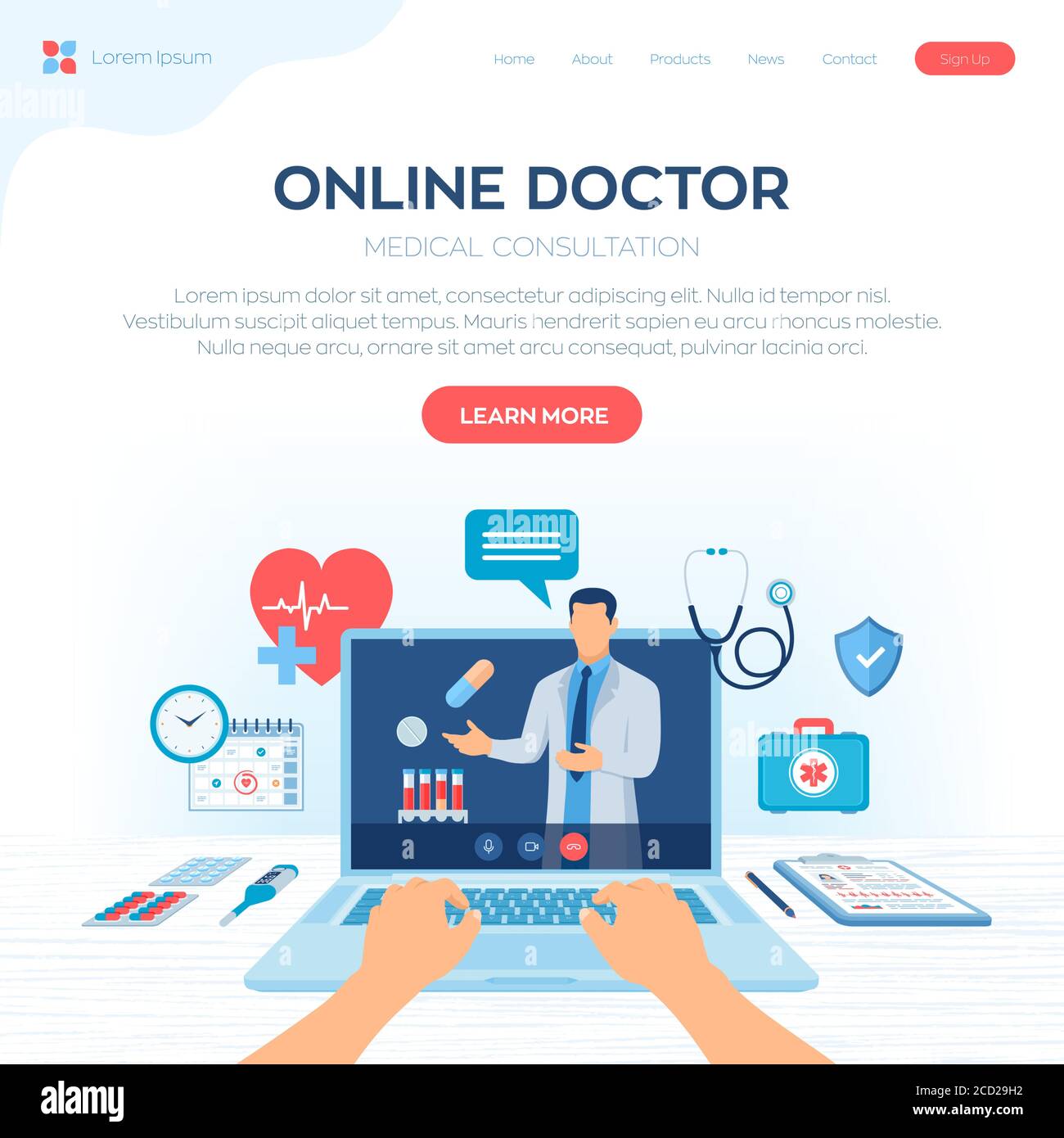How Subscription-Based Health Care Is Revolutionizing the Medical Sector

The Surge of Membership Medical Care
In the last few years, the health care sector has actually observed a significant change towards subscription-based designs, reflecting wider customer fads preferring convenience and predictability. This change is driven by the enhancing need for even more accessible and customized care solutions. Subscription healthcare, sometimes described as attendant medicine or straight primary care, supplies patients a fixed month-to-month fee for a variety of medical solutions, dramatically changing conventional fee-for-service models.
The increase of subscription medical care is facilitated by developments in innovation, which allow structured interaction in between individuals and service providers - subscription based healthcare. Digital platforms and telehealth services have actually ended up being indispensable, offering patients the capability to arrange appointments, access medical documents, and receive examinations online. This technological integration not only improves person interaction but likewise enables service providers to provide extra effective treatment
Moreover, the subscription model aligns with the advancing assumptions of individuals that seek more control over their healthcare costs and experiences. By eliminating the changability of co-pays and insurance coverage cases, subscription-based health care offers a uncomplicated and clear approach. While this version is getting grip, its expansion deals with obstacles such as regulatory hurdles and the need for more comprehensive approval within the standard healthcare ecosystem. Nonetheless, its growing presence marks a pivotal moment in the advancement of healthcare shipment.
Advantages for Individuals and Companies
Subscription-based medical care offers a wide variety of advantages for both carriers and patients, improving the dynamics of treatment. For patients, this design offers boosted access to health care services. With a foreseeable monthly charge, people can delight in unrestricted assessments, decreased delay times, and personalized treatment. This arrangement commonly causes an extra proactive approach to health management, permitting prompt treatments that can protect against chronic conditions from rising. The monetary transparency of subscription versions minimizes the unpredictability linked with typical fee-for-service payment, easing the problem of unanticipated medical expenditures.
For doctor, subscription-based designs cultivate a more enjoyable and sustainable method. By protecting a consistent income stream, providers can concentrate on delivering premium care without the stress of volume-based service. This design motivates longer client examinations, promoting stronger patient-provider connections and boosting health results. Additionally, it uses providers the adaptability to introduce and integrate precautionary and all natural care practices. Management tasks are frequently streamlined, minimizing above costs and permitting service providers to dedicate more time to person interaction. On the whole, subscription-based healthcare aligns the motivations of people and service providers, advertising a more effective and patient-centered medical care delivery system.
Trick Features of the Model
Frequently, the crucial attributes of the subscription-based health care model highlight its unique strategy to delivering clinical solutions. Central to this design is the idea of foreseeable, regular monthly repayments, offering patients a thorough variety of solutions without the unpredictability of standard fee-for-service structures. This version usually consists of unrestricted accessibility to medical care services, preventative treatment, and routine examinations, making certain that clients can involve with their doctor proactively as opposed to reactively.
Additionally, straight communication networks, such as telemedicine and messaging systems, are highlighted, enabling clients to obtain prompt guidance and consultations without needing in-person consultations. This improves availability and convenience, especially for people with mobility restrictions or those living in remote areas. The design also promotes stronger doctor-patient connections, as doctor are incentivized to concentrate on lasting health and wellness end results instead than temporary gos to.
Moreover, subscription-based medical care click now frequently incorporates technological technologies, such as digital health and wellness documents and health and wellness surveillance applications, to give individualized and effective care. Clients benefit from worked with and continuous care administration, which is customized to their particular health and wellness demands. Eventually, these functions jointly create a patient-centered medical care experience, focusing on accessibility, expense transparency, and precautionary treatment.

Factors To Consider and challenges
While the subscription-based healthcare version provides numerous benefits, it is not without its difficulties and considerations. Subscription models might unintentionally favor those with higher socioeconomic standing, potentially expanding disparities in medical care gain access to for lower-income individuals who might have a hard time with month-to-month charges.
One more obstacle lies in regulatory compliance. Subscription-based healthcare must browse a complex web of policies that differ by area, including problems around client confidentiality, data security, and state licensing demands. Making sure conformity without hampering the design's adaptability and innovation can be discouraging for carriers.
In addition, there is the danger of overutilization or underutilization of services. Individuals paying a taken care of cost may overuse solutions, leading to raised operational expenses, while others may underutilize because of fear of burdening the system, potentially disregarding needed treatment.
Future Potential Customers and Innovations
The landscape of subscription-based healthcare is positioned for change with arising innovations and progressing potential customers. As modern technology continues to advance, the integration of expert system and artificial intelligence provides considerable opportunities to improve diagnostic precision and simplify patient management. Predictive analytics can change precautionary care by recognizing prospective wellness dangers prior to they manifest, thus reducing both prices and the burden on medical care systems.
Furthermore, telemedicine is set to increase within go to website membership models, offering people raised access to health care experts despite geographical restrictions. This not just facilitates connection of treatment however also empowers clients to involve even more check over here proactively in their health and wellness monitoring. Additionally, blockchain innovation uses possible in safeguarding client information and guaranteeing interoperability throughout systems, fostering trust fund and openness.
The development of individualized medication is another frontier, with subscription models supplying an one-of-a-kind structure for supplying tailored health solutions. Hereditary screening and tailored therapy plans can be perfectly integrated, aligning individual requires with specific clinical interventions. Additionally, partnerships between technology companies and healthcare companies are likely to yield ingenious solutions, boosting patient experiences and end results. As these leads materialize, subscription-based medical care has the potential to redefine how care is supplied and accessed.
Conclusion
Subscription-based health care is transforming the medical industry by using a more easily accessible, predictable, and patient-centered approach to clinical services. In spite of difficulties such as regulative obstacles and potential disparities in accessibility, the registration model holds pledge for a much more individualized and reliable healthcare experience.
Membership healthcare, often referred to as concierge medicine or straight key care, supplies patients a set regular monthly cost for a variety of medical solutions, dramatically altering traditional fee-for-service versions.
Moreover, the subscription version straightens with the evolving assumptions of individuals that look for even more control over their medical care expenditures and experiences. For clients, this version supplies boosted accessibility to medical care services. Generally, subscription-based health care straightens the rewards of individuals and suppliers, promoting a more patient-centered and effective medical care shipment system.
Additionally, telemedicine is established to increase within subscription models, offering individuals raised accessibility to healthcare professionals regardless of geographical restrictions. - subscription based healthcare
Comments on “Why Subscription Based Healthcare is Gaining Appeal Among Patients Today”